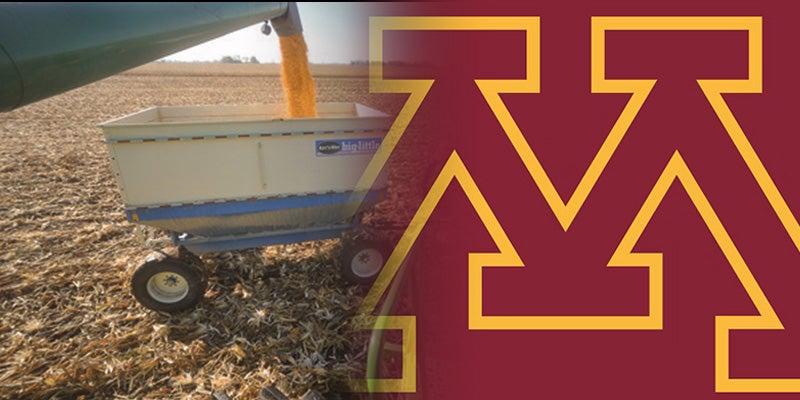Legislators need to hear farmers’ concerns
Published 7:28 am Wednesday, April 12, 2017
By Harold Wolle
President of the Minnesota Corn Growers Association
While anticipation grows for farmers looking forward to another planting season, Minnesota legislators are making headway at the capitol on the new state budget. But before many of the major decisions are made, legislators will take a one-week break beginning April 7 to meet with local constituents and recharge. It is the perfect time for people in Greater Minnesota to make their voices heard.
Perhaps unknown to the non-farming public, a few decisions will be made at the 2017 legislative session that are critical for the future of nearly 75,000 farms in Minnesota. And they come at a crucial time for agriculture, with more than 30 percent of Minnesota farmers losing money in 2016, according to a new analysis by the University of Minnesota Extension and Minnesota State.
To help ensure the stability of the state’s important ag sector, Greater Minnesota needs to be heard on a few crucial topics.
Property taxes
The most significant issue differentiating the Legislature’s budget plan with that of the Governor’s concerns the level of tax relief. House and Senate Republicans want to provide taxpayers with $1.35 billion and $900 million in tax relief, respectively. The Governor’s budget plan supports tax relief of $280 million.
The good news for farmers is that all three plans make room for some reductions in agriculture property taxes that are dedicated to new school construction, which have risen disproportionally compared to other property taxpayers. Farmers still need to impress on legislators that farm property tax relief is needed this year and should not be short-changed.
Buffer law
Provisions to change the controversial buffer law are included in the omnibus Environmental budget bill that has passed out of the House.
Changes include revising the implementation date to Nov. 1, 2018 for buffers or alternative water-quality practices, allowing time for farmers to become compliant. It would also clarify that 50-foot buffers are only needed on public waters classified as “shore-land” and those lacking that designation would only require 16.5-foot buffers. The DNR recently testified this change would affect about 48,000 miles of buffers.
Transportation
Having adequate farm-to-market roads and bridges is vital for farmers and the overall economy of rural Minnesota. However, legislators have had a difficult time developing a long-term funding package for transportation needs. Farmers and rural residents should urge policymakers to work together in light of the needs that exist throughout Minnesota and finally adopt a viable transportation plan this year, and ensure Greater Minnesota receives an equitable share of transportation funding.
During the upcoming Spring Break, it is important to speak with legislators about the topics that are important to Greater Minnesota, either through an email, phone call or over a cup of coffee. These interests not only matter for farmers, but also for the future of our state’s agricultural sector.




